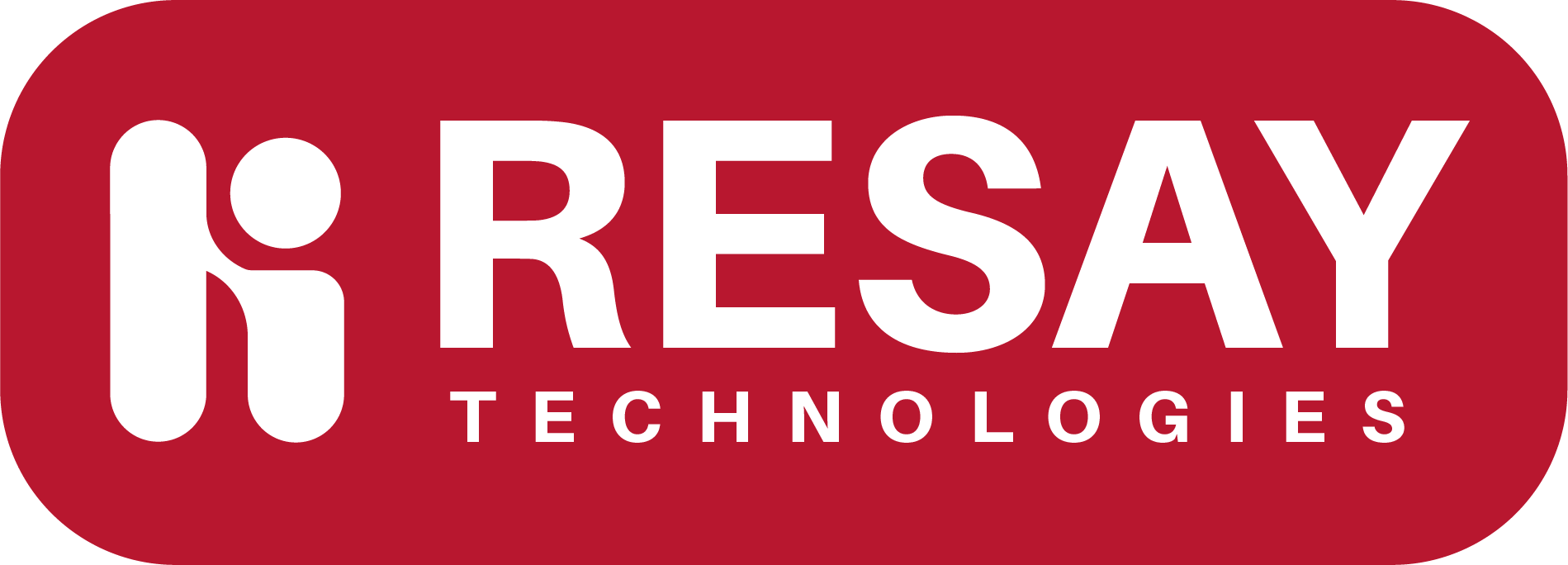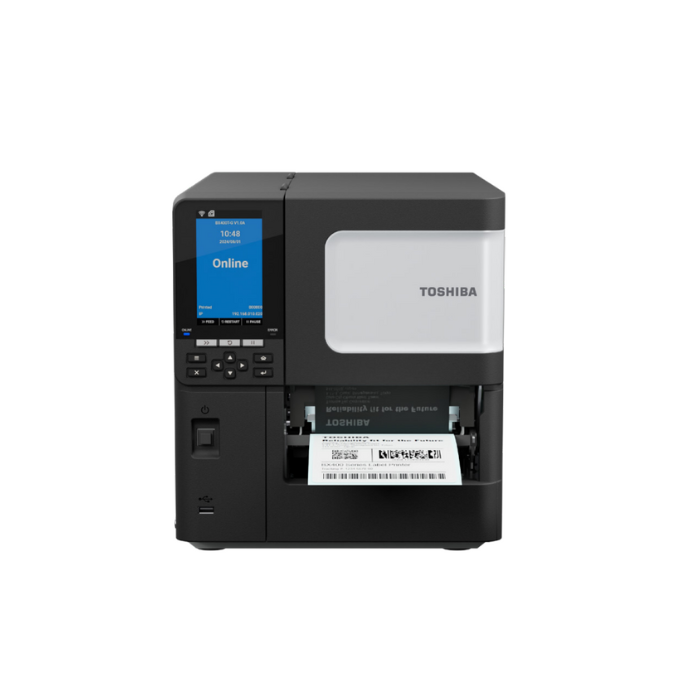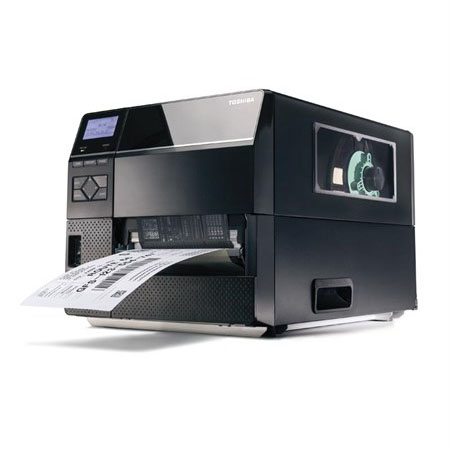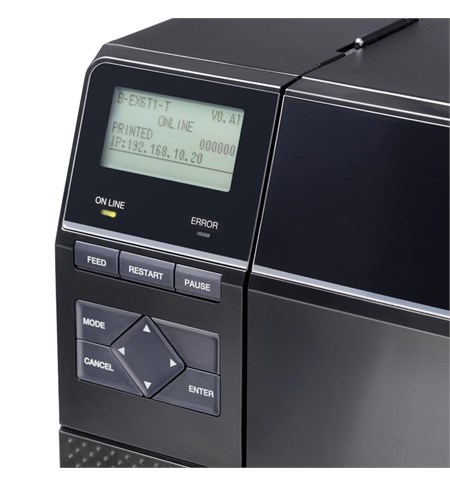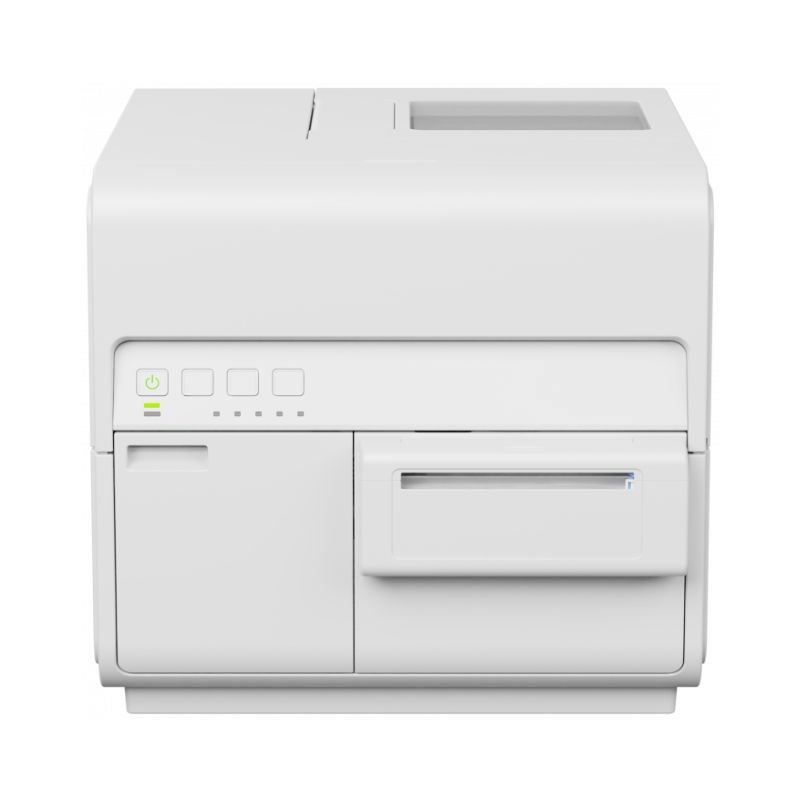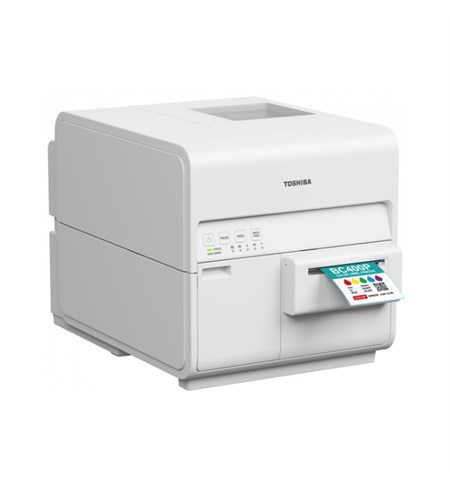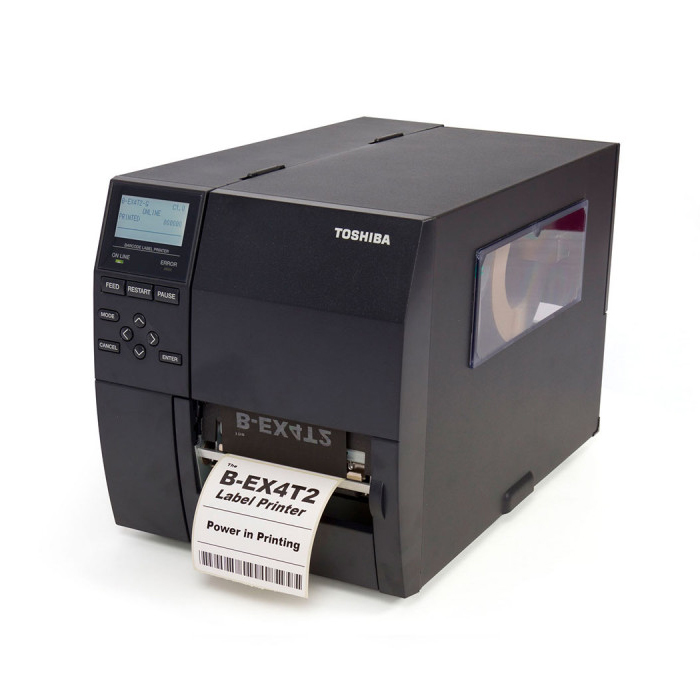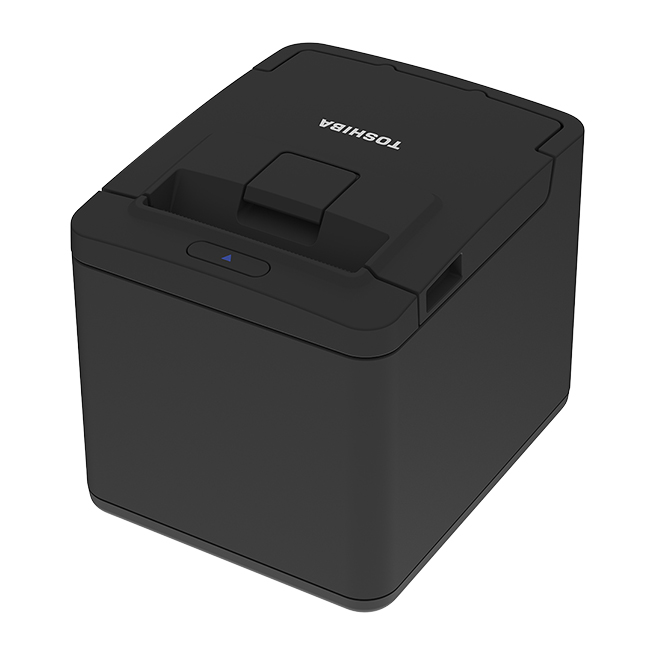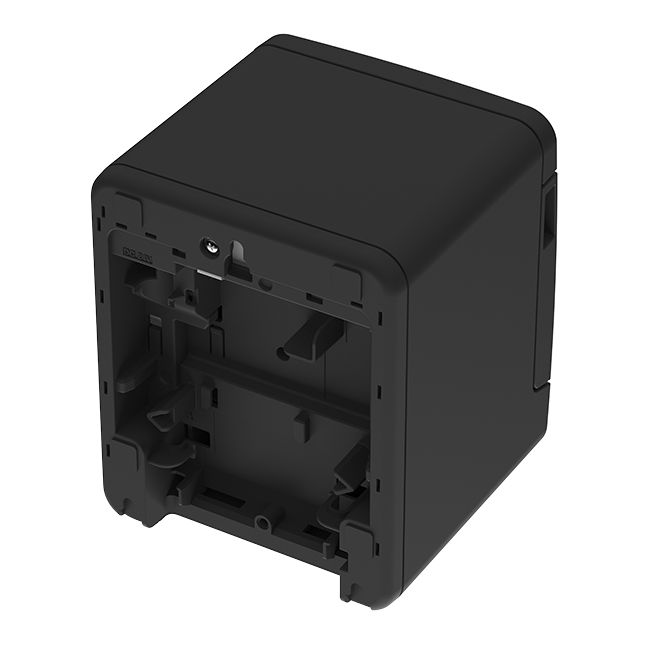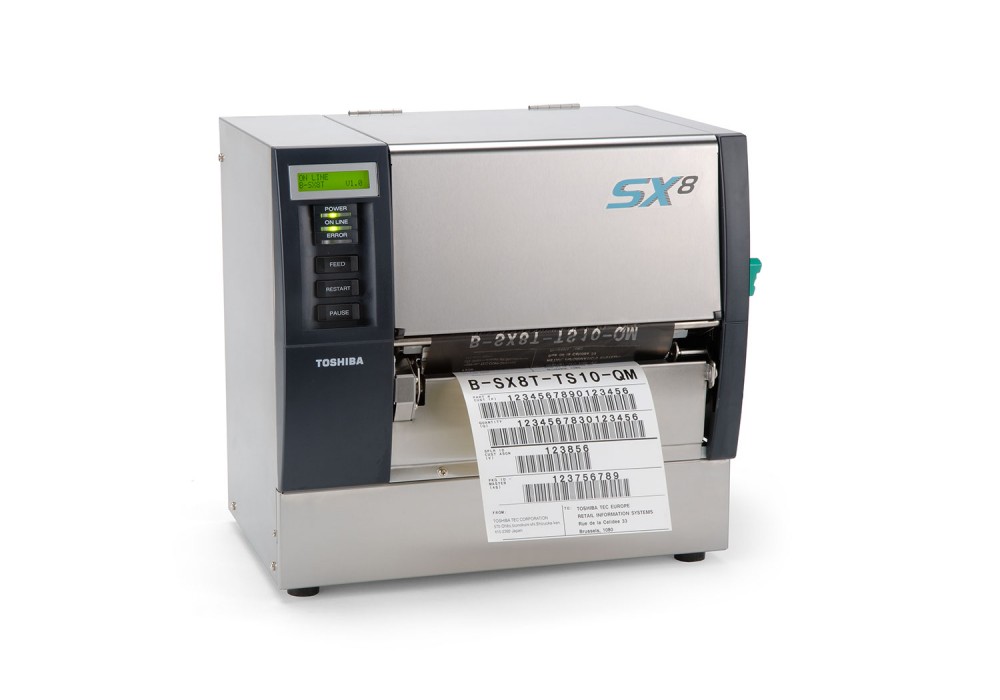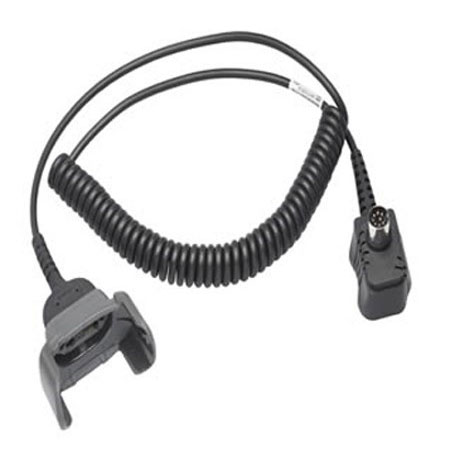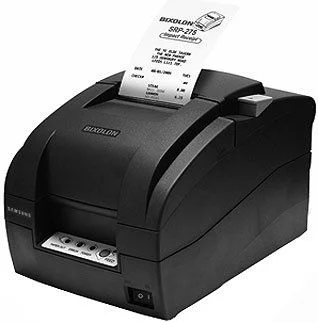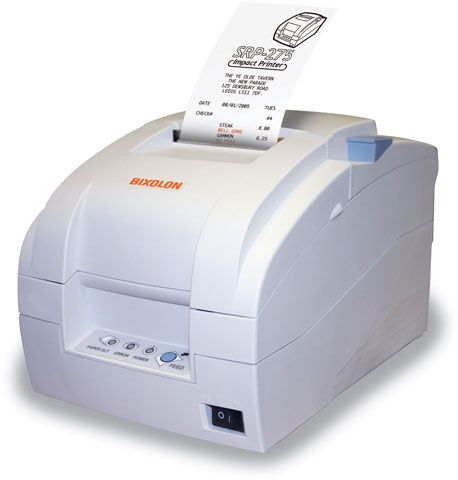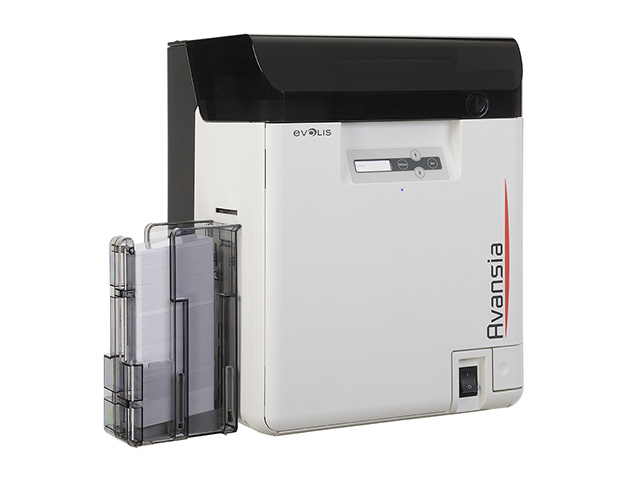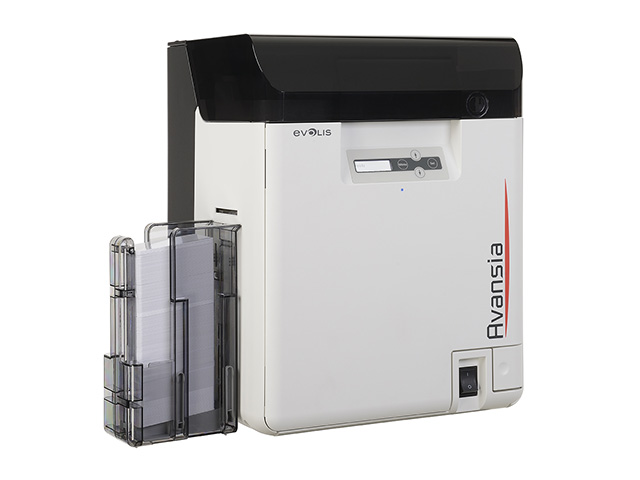Toshiba BX410T Series Next-Gen Industrial Printers
Product Codes: BX410T-TS02-QM-S, BX410T-GS02-QM-S Built on the same renowned hardware as its outstanding predecessor, the BX410T series boasts a powerful dual-core CPU that drives Toshiba’s revolutionary A-BRID operating system. It provides smart, cloud-based intelligence that keeps your operation seamless, even in the most demanding applications. The BX410T industrial printer series – where superior hardware meets innovative technology.
Read moreToshiba B-EX6T1/B-EX6T3 Industrial Wide Web Barcode Label Printer
 Features:
Features:
- Interface: Ethernet 10/100 Base T, USB 2.0
- Memory: 64 MB (Flash Rom) , 32 MB (SD-RAM)
- Sensor: Reflective, Transmissive
- User Interface: LCD screen (Graphic 128 x64 dots), Status indicator, Optional Bluetooth for external device setting tool
- Dimensions: (W x D x H):331 x 460 x 310 mm
- Printing Technology: Thermal transfer, Direct thermal
- Media Type: Vellum paper and labels, Matt coated paper, Glossy coated paper, Synthetic ?lm, PET ?lm, Polyamide
Toshiba B-EX6T3 6-Inch Industrial Label Printer
Manufacturer Codes: B-EX6T3-GS12-QM-R, B-EX6T3-TS12-QM-R
6-Inch Direct Thermal/Thermal Transfer, Flat Head Ribbon, 15MB SD-RAM, 16MB Flash ROM, 203/305 dpi.
Read moreToshiba BC400P Desktop Inkjet Colour Label Printer
Toshiba BC400P Desktop Inkjet Colour Label Printer
Desktop colour label printer - Water based pigment ink inkjet printing with 4x thermal line inkjet heads (Black, Cyan, Magenta, Yellow),?1,200 x 600 dpi, 1,200 x 1,200 dpi resolution, 300 mm/second (11.8 ips) max print speed,?106.3 mm (auto image shift off), 105.9 mm (auto image shift on) max print width. Interfaces: USB 2.0 Hi-speed, LAN 10/100/1000 Base, IPv6, RS232C (barcode reader connection) RS232C (external device connection). Read moreToshiba TEC B-EX4T2 Low Cost Industrial Barcode Label Printer, Industrial Printer Designed for 24/7, printing Left Edge aligned, Flat Head print head, USB and Ethernet as standard, Easy change print head
Product Codes: B-EX4T2-TS12-QM-R, B-EX4T2-GS12-QM-R, B-EX4T2-HS12-QM-R Features
- Industrial Printer Designed for 24/7 printing
- Left Edge aligned, Flat Head print head
- Drop-in replacement for Zebra Printers.
- Printer emulations supported including ZPL, DPL
- Can be used with Zebra Ribbons and Labels
- USB and Ethernet as standard
- 600m and 800m ribbons available for less downtime
- Improved LCD front panel menu
- Dual ribbon motors reduce ribbon snapping and improve print quality
- Label roll de-tension arm
- Web Utility – change printer settings over the network using a browser
- Easy change print head
- Dual platen rollers reduced print head wear as the rear platen takes the weight of the label roll
- Can be integrated with Toshiba On-line Validation system – ScanSure.
- Can be integrated with Toshiba Aplex print and apply system
- Options: Disc Cutter, Peel Off Module, WLAN Card, Parallel Port, Serial Port.
Toshiba HSP100 Mid-Range Receipt Printer
Manufacturer Code: HSP100EPSUKIT Direct Thermal, 203 dpi, 254 mm/sec Print Speed, USB Cable, IP21 Certified. Features:
- Point-of-Sale Receipt Printers
- Splash-Resistant (IP21 Certified)
- Easy-to Use, Maintain and Integrate
- High Print Quality
- ENERGY STAR Certified
- Paper Management and Anti-Jam Technology
Toshiba Tec B-SX8 industrial barcode printer
8” printer, 300dpi Edge Head
Read more25-91513-01R - Motorola MC3000/MC3100 Printer Cable (Zebra QL)
Printer cable, MC3000/MC3100 Zebra QL series Compatible Products:
- Zebra MC3100-R Mobile Computer
- Motorola MC3190-G Mobile Computer
- Zebra MC3190-R Mobile Computer
- Motorola MC3190-S Mobile Computer
- Zebra MC3200-R Android or Microsoft Embedded Compact 7 Mobile Computer in rotating turret form-factor
- Zebra MC3200-S Innovative Embedded Compact 7 Mobile Computer
- Zebra MC3200-G Android or Microsoft Embedded Compact 7 Mobile Computer in gun-style form-factor
- Zebra (Motorola) MC3090g
Bixolon SRP-275III Dot Matrix Printer
Bixolon SRP-275III - Bixolon SRP-275III Dot Matrix Printer - Monochrome - Desktop - Receipt Print - USB - Serial - 5.1 lps Mono - 160 x 144 dpi - Receipt.
Read moreEvolis Avansia Card Printer
The premium retransfer printer for high definition cards
- Printing: Single-sided, Double-sided
- Encoding: Magnetic stripes, Smart contact, Smart contactless
- Card lifespan: 1-3 years
- Number of cards per year: More than 30,000
- Card security level: High
Printers are devices that produce a hard copy of digital information stored on a computer or other electronic device. They play a vital role in various settings, from homes and offices to industrial environments. Printers come in different types, each serving specific purposes. Here are key aspects associated with printers:
- Types of Printers:
- Inkjet Printers: Commonly used for high-quality photo printing and general-purpose document printing. They use liquid ink cartridges.
- Laser Printers: Suitable for high-volume printing with fast printing speeds. They use toner cartridges and are often used in offices.
- Dot Matrix Printers: Use a matrix of pins to create characters and images. Though less common, they are still used for specialized tasks like multipart forms.
- 3D Printers: Create three-dimensional objects by layering material (such as plastic) based on a digital model.
- Multifunction Printers (MFPs): Combine printing, scanning, copying, and faxing capabilities in a single device.
- Printing Technologies:
- Inkjet Technology: Uses tiny droplets of liquid ink sprayed onto the paper.
- Laser Technology: Utilizes a laser beam to create an electrostatic image on a photosensitive drum, which attracts toner particles to form the printed image.
- Dot Matrix Technology: Employs a matrix of pins striking an inked ribbon to create characters and images.
- 3D Printing Technology: Adds successive layers of material to create a three-dimensional object.
- Resolution:
- Printer resolution is measured in dots per inch (dpi). Higher dpi values generally result in sharper and more detailed prints.
- Speed:
- Printing speed is measured in pages per minute (ppm) for document printers and layers per hour for 3D printers. Laser printers, for example, are known for their fast printing speeds.
- Color Printing:
- Many printers, including inkjet and laser printers, offer color printing capabilities. Color printers use multiple ink or toner cartridges to produce a wide range of colors.
- Connectivity:
- Printers can connect to devices via USB, Ethernet, Wi-Fi, Bluetooth, or other wireless technologies. Modern printers often support wireless printing from smartphones and tablets.
- Paper Handling:
- Printers have various paper handling capabilities, including the ability to print on different paper sizes, types, and weights. Some printers also have duplexing capabilities for double-sided printing.
- Specialized Printers:
- Some printers are designed for specific tasks, such as photo printers for high-quality photo prints, label printers for printing labels, and barcode printers for generating barcodes.
- Environmental Considerations:
- Energy-efficient and eco-friendly features are increasingly important. Some printers have energy-saving modes, automatic duplexing to reduce paper usage, and recycling programs for cartridges.
- Cloud Printing:
- Cloud printing allows users to print documents from anywhere by sending files to a printer connected to the internet.
- Security Features:
- With the rise of networked printers, security features have become crucial to protect sensitive information. This includes encryption, secure printing, and user authentication.
- Maintenance:
- Regular maintenance is essential to ensure optimal performance. This may include cleaning printheads, replacing ink or toner cartridges, and updating firmware.
- Cost of Ownership:
- The overall cost of owning a printer includes the initial purchase price, ongoing costs of consumables (ink, toner, paper), and potential maintenance expenses.
